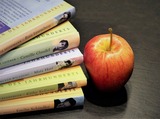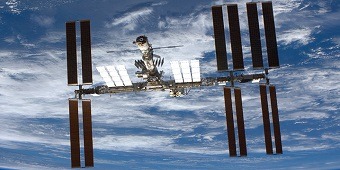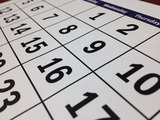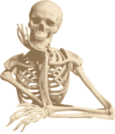
Students will discuss the definition of a biography and determine what elements it contains. They will research a famous person and create a web graphic organizer with key achievements and personal information from their life. Peer feedback will be given on the web creation and then an oral presentation will be given.
- Subject:
- Applied Science
- Arts and Humanities
- Career and Technical Education
- English Language Arts
- History
- Life Science
- Mathematics
- Physical Science
- Social Science
- Material Type:
- Lesson Plan
- Author:
- Lynn Ann Wiscount
- Erin Halovanic
- Vince Mariner
- Date Added:
- 07/14/2020






